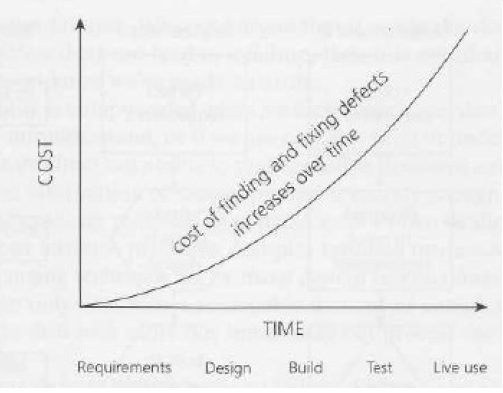Finally, moving back up to a higher level, think about what would be true about the project when the project was ready to start executing tests. The factors to consider in such decisions are often called 'entry criteria' and 'exit criteria.' For such criteria, typical factors are: • Acquisition and supply : the availability of staff, tools, systems and other materials required. • Test items : the state that the items to be tested must be in to start and to finish testing. • Defects : the number known to be present, the arrival rate, the number predicted to remain, and the number resolved. • Tests : the number run, passed, failed, blocked, skipped, and so forth. • Coverage : the portions of the test basis, the software code or both that have been tested and which have not. • Quality : the status of the important quality characteristics for the system. • Money : the cost of finding the next defect in the current level of testing com pared to the cost o
